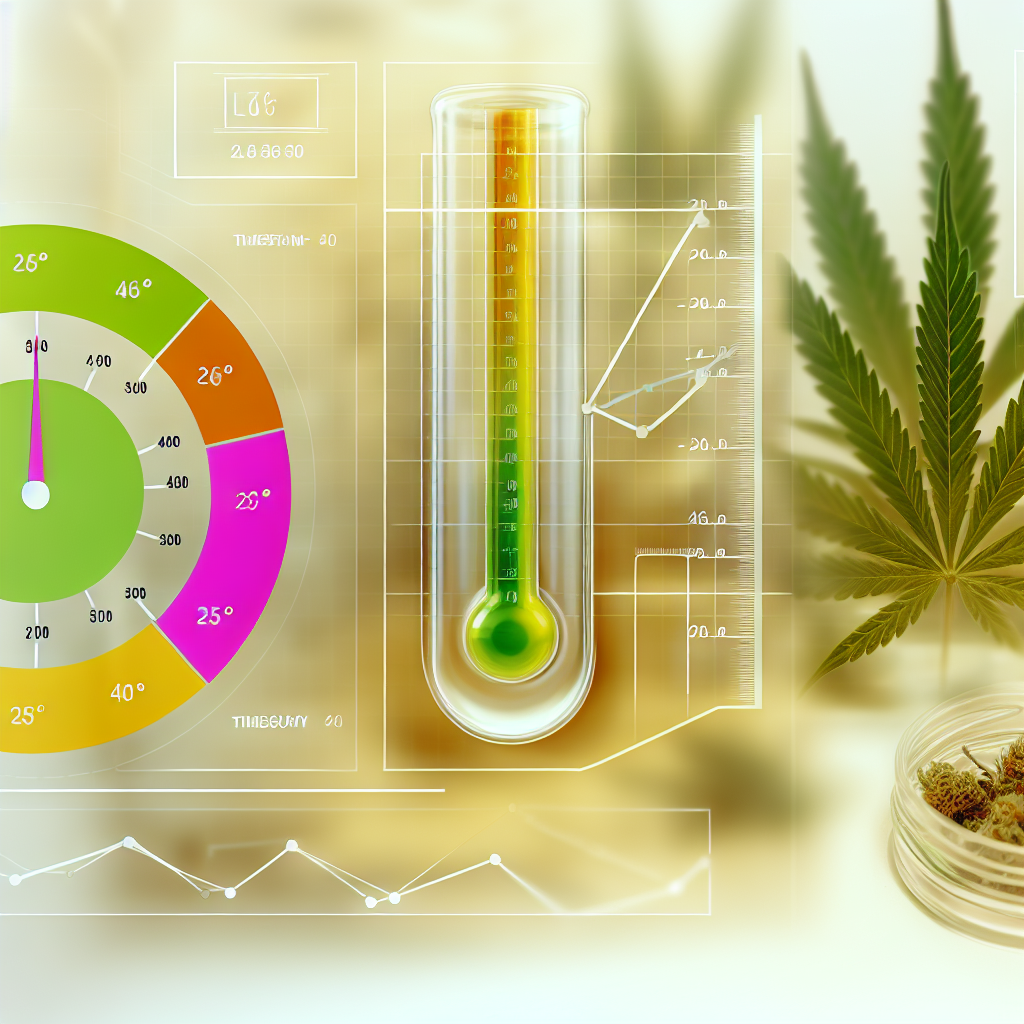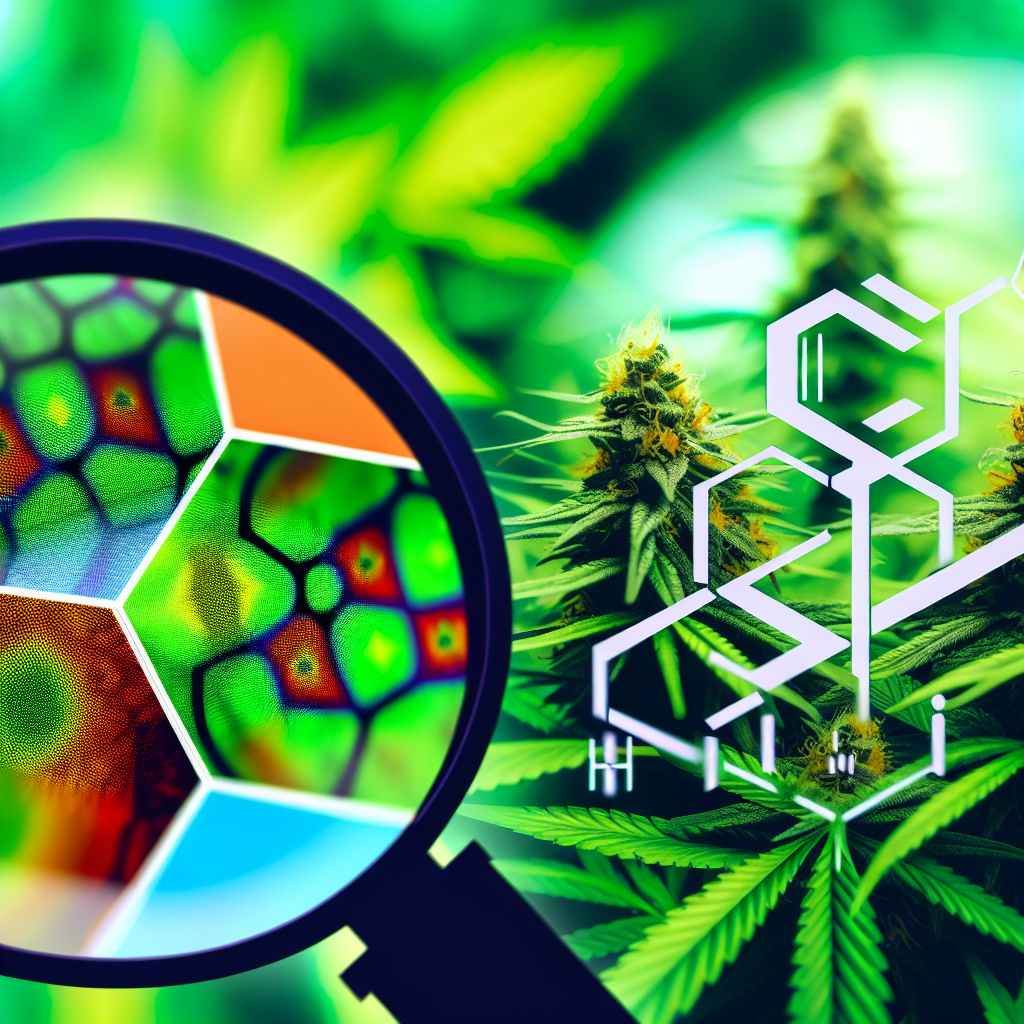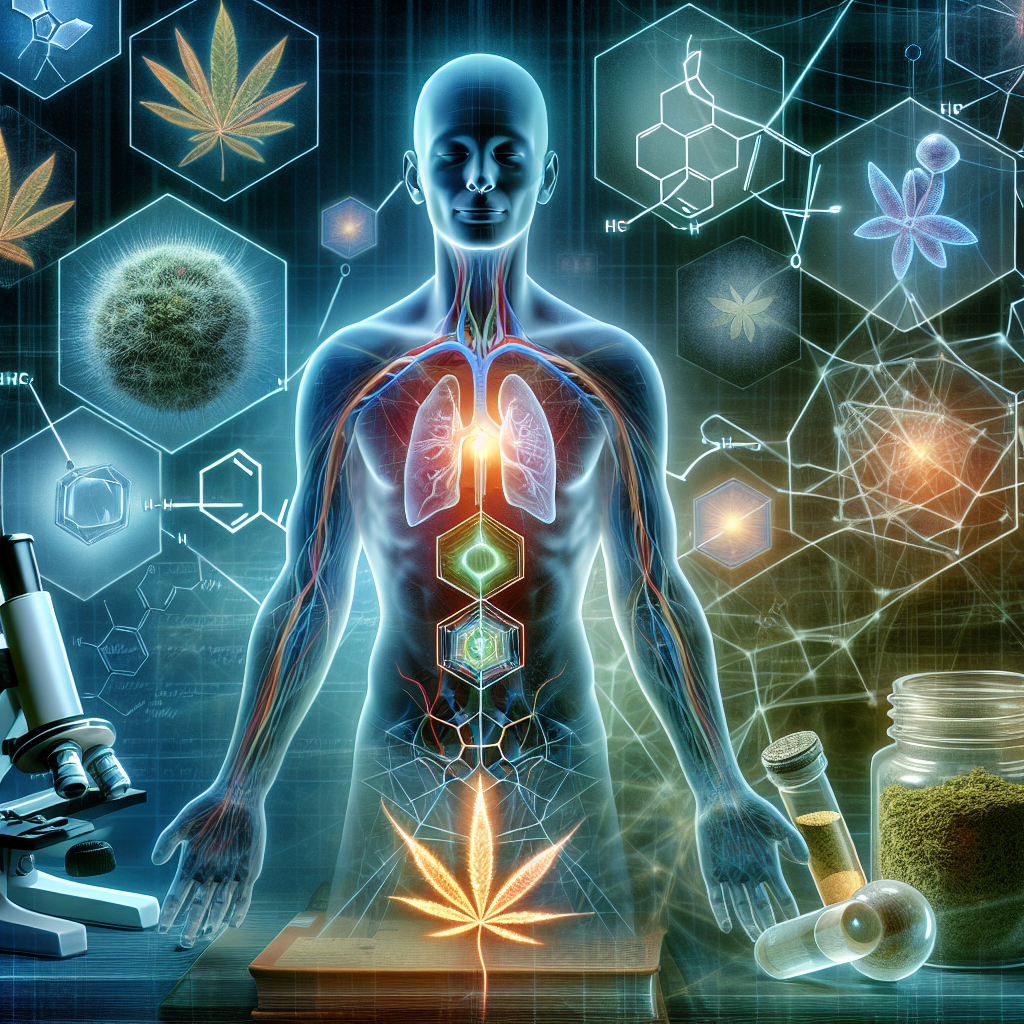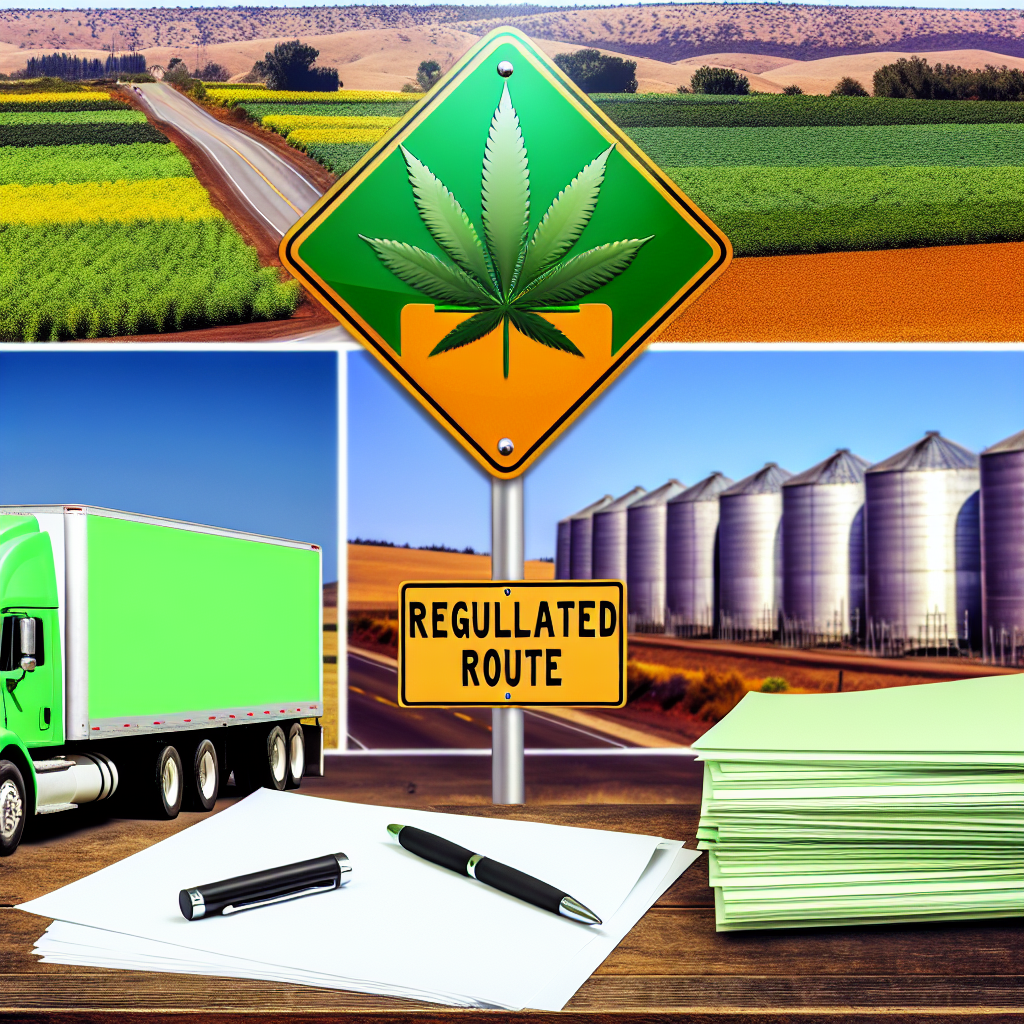Certainly! Here’s the blog post with the requested changes:
Unlocking Potency: The Science of Cannabis Decarboxylation (With Temperature Charts & Time Guides)
Understanding the science of cannabis decarboxylation is essential for anyone interested in producing potent cannabis products, from edibles to tinctures and topicals. Decarboxylation is the chemical process that activates cannabinoids like THC (tetrahydrocannabinol) and CBD (cannabidiol), which are otherwise found in their acidic forms—THCA and CBDA—in raw cannabis flower. Without decarboxylation, users may not experience the psychoactive effects or medicinal benefits typically associated with cannabis.
Why Precise Decarboxylation Is the Key to Powerful Cannabis Products
Precise decarboxylation is critical for producing high-quality cannabis products. Research has shown that different cannabinoids activate at distinct temperature ranges, a fact supported by studies from reputable institutions like the University of Mississippi’s National Center for Natural Products Research.
For instance, THCA begins to decarboxylate at around 220°F (104°C) and reaches peak conversion between 230°F and 250°F (110°C–121°C) when heated for 30–45 minutes. CBD, on the other hand, may require slightly higher temperatures, typically around 250°F (121°C), to decarboxylate efficiently.
A 2016 study published in *Cannabis and Cannabinoid Research* outlined the importance of precise heating methods, noting that incorrect temperatures could lead to significant cannabinoid loss due to degradation or evaporation. Heating cannabis above 300°F (149°C) risks converting THC into cannabinol (CBN), a less psychoactive cannabinoid with sedative properties. Therefore, achieving a balance of time and temperature is essential for maximizing efficacy.
The Ultimate Temperature and Time Guide for Cannabis Decarboxylation
Here’s a quick-reference chart you can rely on for decarboxylating your cannabis at home or in a professional setting:
– **220°F (104°C) for 40–60 minutes**: Moderate THC activation, best for full-flavor edibles
– **240°F (115°C) for 30–40 minutes**: Optimal balance for strong THC potency
– **250°F (121°C) for 20–30 minutes**: Quick decarboxylation with slight terpene loss
– **300°F (149°C) for 10–18 minutes**: Rapid decarboxylation but increased CBN formation
Remember, the golden rule of decarboxylation is: *low and slow if you want amazing flavor and maximum cannabinoid retention!*
Innovations in Decarboxylation: Better Precision, Higher Potency
Emerging technologies like vacuum-sealed decarboxylation chambers and sous-vide techniques show promise for even more precise control by lowering the boiling point of cannabinoids, thereby reducing the risk of degradation.
Studies led by Dr. Markus Roggen, the founder of Complex Biotech Discovery Ventures, reveal that creating a lower oxygen environment (vacuum decarbing) can enhance cannabinoid yield while preserving volatile terpenes, key to the therapeutic and sensory profile of cannabis products.
Medical Cannabis: Why Accurate Decarboxylation Matters More Than Ever
In medical usage contexts, ensuring accurate decarboxylation is non-negotiable. Patients relying on cannabis oils for epilepsy, chronic pain, or anxiety require consistency in dosage for effective symptom management. A poorly decarboxylated product could result in underdosing and reduced efficacy, potentially interrupting treatment outcomes.
Professionals should also consider full-spectrum versus isolate-focused decarboxylation. If retaining the entourage effect—where cannabinoids and terpenes work synergistically—is a goal, lower temperatures for a longer time are often preferred to preserve volatile terpenes such as myrcene and limonene.
Additionally, it’s highly recommended to pre-dry (“decarb”) the cannabis before infusing it into oils or butter. This ensures complete cannabinoid activation and leads to more predictable, stable extractions, aligning with GMP (Good Manufacturing Practices) for licensed cannabis products.
Final Thoughts: Mastering the Science of Cannabis Decarboxylation
Mastering the art and science of cannabis decarboxylation is crucial whether you’re a consumer creating edibles at home or a professional crafting formulations for medical use. Understanding temperature and time relationships, informed by scientific studies, ensures you maximize potency, preserve therapeutic compounds, and deliver consistent, high-quality cannabis products.
As the cannabis industry continues to innovate, precision in decarboxylation will remain central to product development and effective therapeutic use.
Concise Summary:
This article explores the science of cannabis decarboxylation, explaining the importance of precisely controlling temperature and time to maximize cannabinoid potency and preserve therapeutic compounds. It provides detailed temperature and time charts, highlights emerging decarboxylation technologies, and emphasizes the critical need for accurate decarboxylation in medical cannabis products.
References:
– [Cannabis Decarboxylation Explained – Cannabis and Cannabinoid Research Journal](https://www.liebertpub.com/doi/10.1089/can.2016.0017)
– [The Importance of Decarboxylation – Steep Hill Labs](https://steephill.com/blog/the-importance-of-decarboxylation/)
– [Optimization of Decarboxylation Variables – University of Mississippi Cannabis Research](https://pharmacy.olemiss.edu/mcnews/medicalmarijuana/)
– [Cannabinoid and Terpene Retention During Cannabis Concentrate Production – Complex Biotech Discovery Ventures](https://cbdvlabs.com/research/cannabinoid-terpene-retention/)
Suggested SEO Meta Description:
Discover the science behind cannabis decarboxylation and learn the optimal temperature and time guides to maximize potency and preserve therapeutic compounds in your cannabis products.
Suggested Focus Keywords:
– cannabis decarboxylation
– THC decarboxylation
– CBD decarboxylation
– temperature and time for decarboxylation
– medical cannabis decarboxylation




